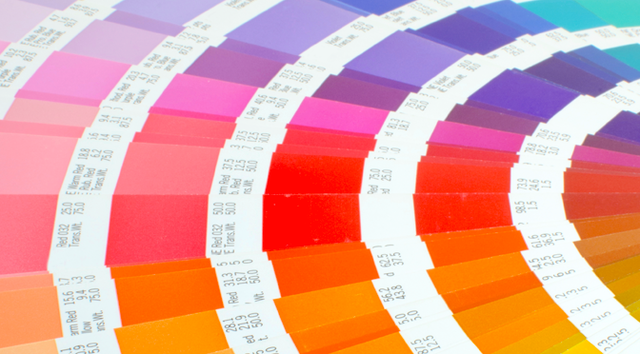When you, as a consumer, walk through the supermarket, how do you make your purchases? You may first think of price, but unknowingly, product packaging is influencing your purchase decisions. You gravitate towards items that physically appeal to your senses. The shapes, forms, colors, patterns, and typography all have an effect on you, and how you think and feel. So, when it comes to your business, you have to get into the mind of the consumer, and design your product and packaging in a way that represents your brand, and still appeals to the customer’s sensibilities.
Promotional products are excellent brand building tools, but in order to utilize them successfully, you have to take this into consideration when it comes to customization. The most successful companies have developed such a characteristic brand identity that consumers even immediately associate certain colors with those companies. If a company has such effective branding, that can easily be translated into different mediums, from print advertising, to television, to promotional products.
When choosing the most appropriate colors for your promotional products, there are a few key elements that you should keep in mind.
1. Target Audience
If you understand precisely who your target audience is, you will not only choose the most appropriate promotional products to give to customers, but specifically those that visually appeal to them. Each color generally conveys different emotions and messages within different demographics and cultures. For example, the color green can represent nature, money, health, greed, calmness, or good luck, depending on with whom you are communicating. Red can represent passion, danger, speed, or excitement. In terms of culture, as an example, in the western world, white represents peace, while in parts of Asia, it represents death. Vibrant colors tend to resonate more with a younger audience, while more subdued colors resonate with an older crowd. A neon mug might not attract an older consumer as much as a stainless steel mug.
2. Corporate Identity
When choosing a color scheme, it is not just about personal preferences. Those colors should be representative of your brand. What color suits your brand personality and the characteristics of your products or services? What do you want customers to feel when they interact or associate with your brand? Remember, you don’t have to limit yourself to only one color. If done so appropriately, you can choose multiple colors that complement each other and work together well even on different backgrounds. For example, this structured cap combines a few different colors successfully, without being jarring to the eye. There aren’t certain colors that represent specific industries; it’s just finding what works best for your particular brand.
3. Your Competitors
Examine what sorts of color schemes your main competitors are using, and choose the opposite. In this way, you can differentiate yourself from the crowd. Still, always remember the importance of staying true to your brand. By going against the grain, you avoid looking as though you are simply jumping on the bandwagon. In branding, it’s all about being memorable.
Ultimately, if you have your goals in mind, you will make all the right choices when it comes to your color selection. Through good color choices, you can truly communicate your brand’s message, make your brand’s personality shine through, and Make the right impression™ time and time again.

Customers or distributors need to know that “color” comes out differently depending on the substrate it is being printed on and that PMS color matches are extra in most cases and not always guaranteed. Printing on a black tee shirt needs a white undercoat to make colors pop for example, and is usually extra. Glass may require a decal. Art might have to be altered to allow for spread on certain substrates. Art requirements are a whole other issue since some suppliers will accept pdf’s but many want vector art. These things should be checked out prior to booking an order from a customer.
Great points, Donna.